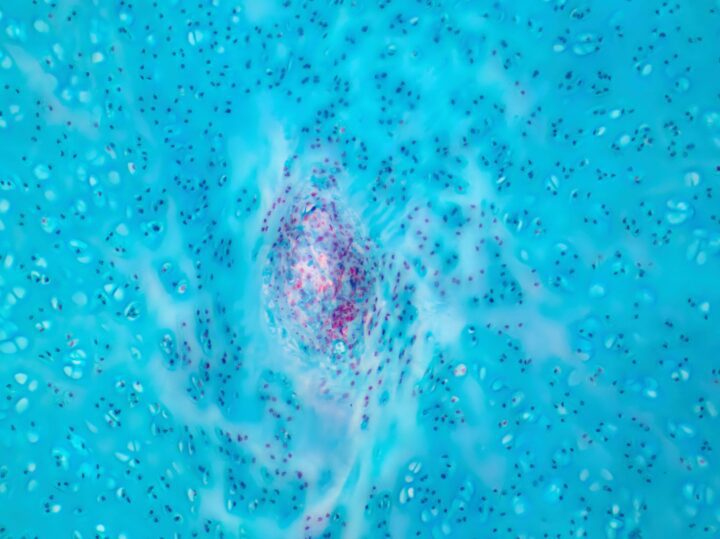Helicoid Technology uses an innovative helicoid design to increase strength and toughness while using less materials.
Benefits
- Reduced waste
- Reduced CO2 emissions
- Increased strength
Applications
- Manufacturing
- Renewable energy
- Automobiles
- Aviation
UN Sustainable Development Goals Addressed
-

Goal 9: Industry Innovation & Infrastructure
-

Goal 11: Sustainable Cities & Communities
-

Goal 12: Responsible Production & Consumption
The Challenge
The composite materials industry is always looking for ways to increase performance, in order to reduce the amount of raw materials used and to make lightweight, tougher products. For example, doubling the length of a wind turbine blade would quadruple the energy output, reducing the weight of automobiles by 10% can result in 6-8% fuel economy improvement, and lighter aircraft would reduce fuel costs and decrease an airline’s carbon footprint.
Innovation Details
Helicoid™ Technology mimics the ‘helicoid’ structure found in the incredibly strong and lightweight mantis shrimp club. By incorporating this design into composite materials, companies can create products with reduced weight, increased strength, increased toughness, and improved impact resistance, all while reducing material costs. The technology works seamlessly with existing manufacturing processes, allowing any composite industry to use less material while making a stronger product.

Watch how Helicoid Industries was inspired by the mantis shrimp to make better composites.
Biological Model
The “smasher” mantis shrimp evolved an internal architecture to protect the hammer-like club it uses to pulverize prey. The club moves at speeds faster than a .22 caliber bullet without sustaining damage to its chitin exoskeleton. Its secret is in the architecture of the club, with layers of chitin each offset by about 15 degrees. This “helicoid” architecture prevents cracks from expanding, minimizes damage propagation and ultimately dissipates significant amounts of energy from strikes to avoid catastrophic failure.
Ray of Hope Prize
The Ray of Hope Prize® celebrates nature-inspired solutions addressing the world’s biggest environmental and sustainability challenges. Created in honor of Ray C. Anderson, founder of Interface, Inc. and a business and sustainability leader, the $100,000 Ray of Hope Prize helps startups cross a critical threshold in becoming viable businesses by amplifying their stories and providing them with equity-free funding. The prize shines a light on the innovative, nature-inspired solutions that we need to build a sustainable and resilient world. Helicoid Industries was selected as a finalist for the 2020 Ray of Hope Prize.





